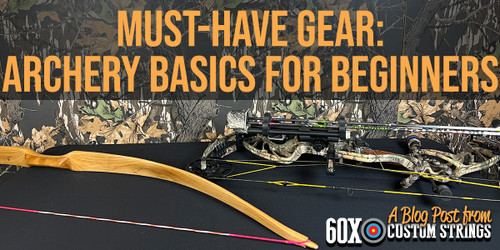Must-Have Gear: Archery Basics for Beginners
Posted by Todd Lambright on Mar 21st 2023
There is no doubt that archery is an activity that has stood the test of time. With millions of archers dating back thousands of years, its popularity can’t be denied. No matter if you want to learn how to shoot for sport or hunting, beginners searching for archery equipment can produce very overwhelming results. In this article, I’ll be giving some guidance on what to look for and archery basics, no matter what your preferred shooting style is: compound bow or traditional bow.
Bow Type
An important archery basic beginners should know is that using compound bows is going to be considerably more involved than using longbows or recurve bows, simply because they require more bow string tools and accessories. This brings us to the first decision you’ll need to make: the type of bow you will shoot. For this article, we’re going to leave crossbows out of the mix, so that leaves us with traditional or compound.
Pro Tip: “Traditional archery” means that you’ll shoot a longbow or recurve bow.
Archery Basics for Beginners: Type of Shooting
Once you decide on a weapon, give some thought to if you’re going to be shooting targets, hunting, or both. The reason is if you’re only ever going to be a target shooter, things like max draw weight, length of the bow, or axle-to-axle length don’t really matter.
Hunting
Most states have minimum draw weight requirements for hunting with compound bows & traditional, basic archery equipment, so if hunting is in your future, be sure to purchase a bow that meets the minimum requirements. Along the same lines, if you’re going to be hunting, a shorter bow will suit you better, simply because they are more maneuverable in a tree stand or ground blind.
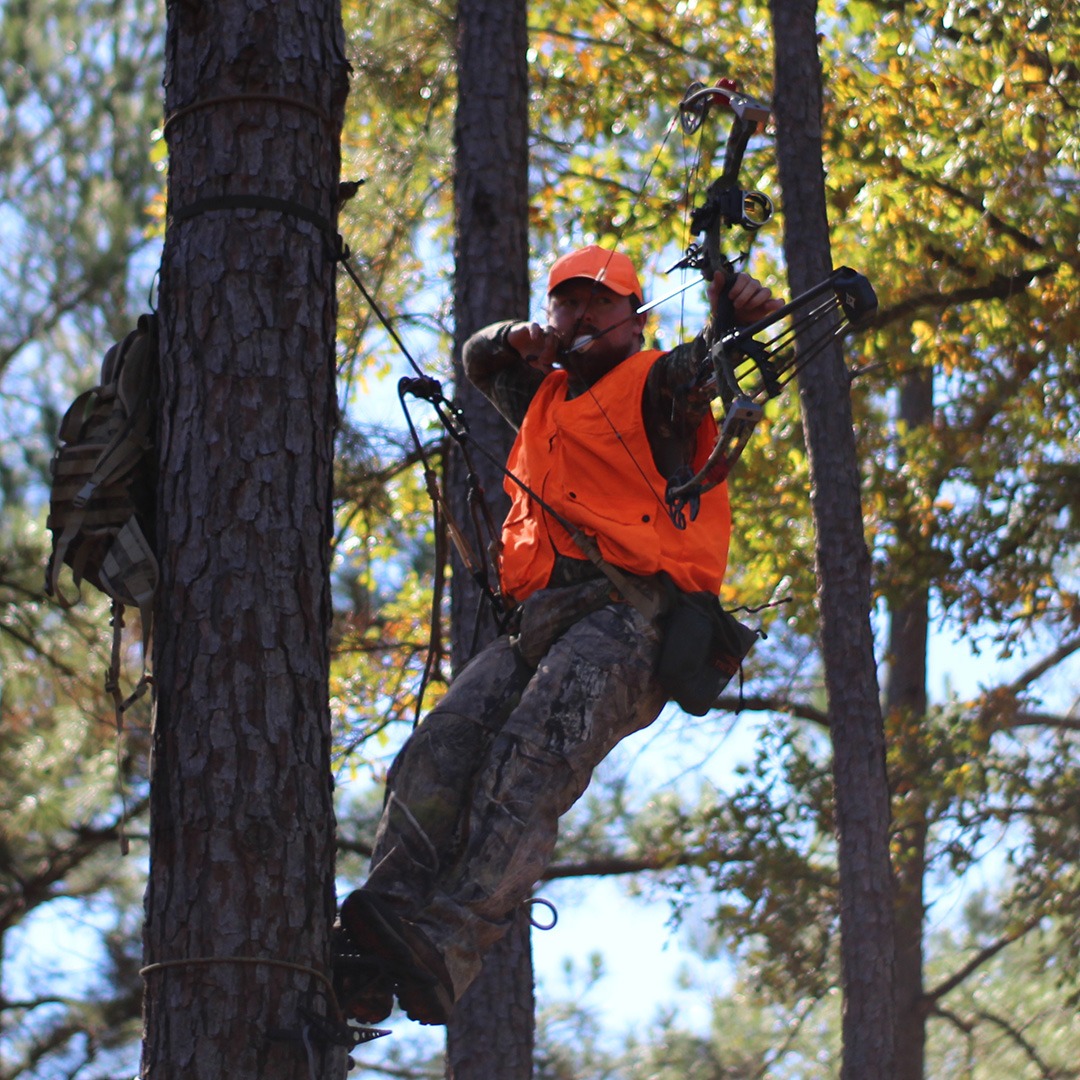
Target Shooting
For target shooting, historically a longer bow meant more forgiveness. However, over the last few years, developments in engineering and design have made even some of the shortest bows very forgiving. When I say “forgiving,” I’m referring to the bow’s ability to minimize the distance an arrow misses by when the archery fires a marginal shot. Having a forgiving setup is a great advantage to any archer, especially when selecting archery equipment for beginners.
On the reverse side of that, you can have a “critical” setup. This is when the bow magnifies an archer’s mistake. Critical setups on compound and traditional bows can be caused by a few things other than the bow, like arrows that are not the correct spine or a bow that is not properly set up. For compounds, this would also include bows not timed or tuned properly.
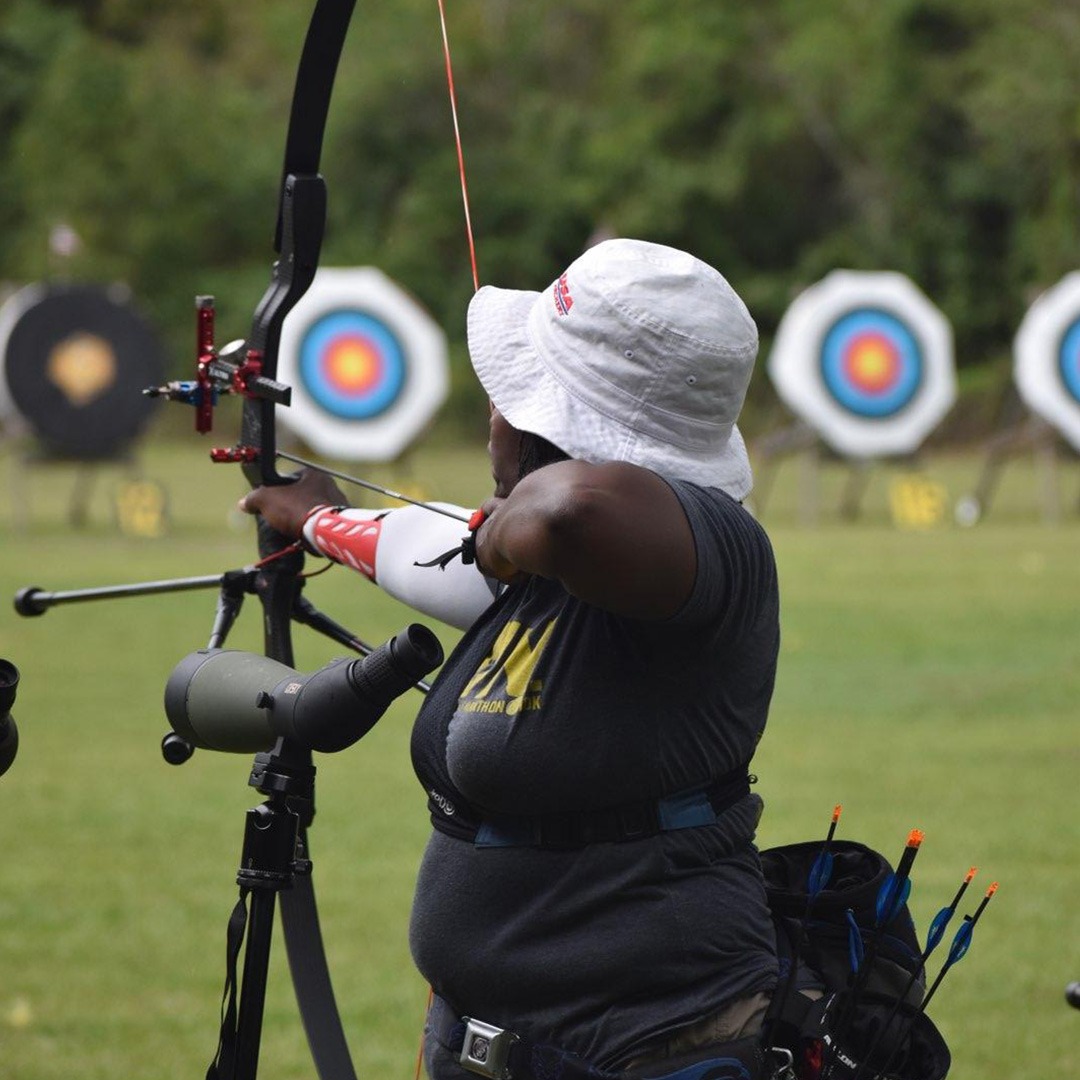
Traditional Bow Purchase
As I previously mentioned, archery equipment for beginners in traditional archery is pretty simple when compared to compounds. For the best results, you’ll want to visit a pro shop to properly get fitted for a bow. Be sure to tell them about your future archery plans so they can get you into a bow that you won’t grow out of quickly. Some archery basics for beginners, like selecting the bow’s length, poundage, price point, and style, are decisions that are best made when there is good communication between the new archer and an archery shop professional. Once a bow is selected, draw length and draw weight are determined. A glove or finger tab must also be purchased. These products protect your fingers from the center serving of the bow string and give you a smoother release.
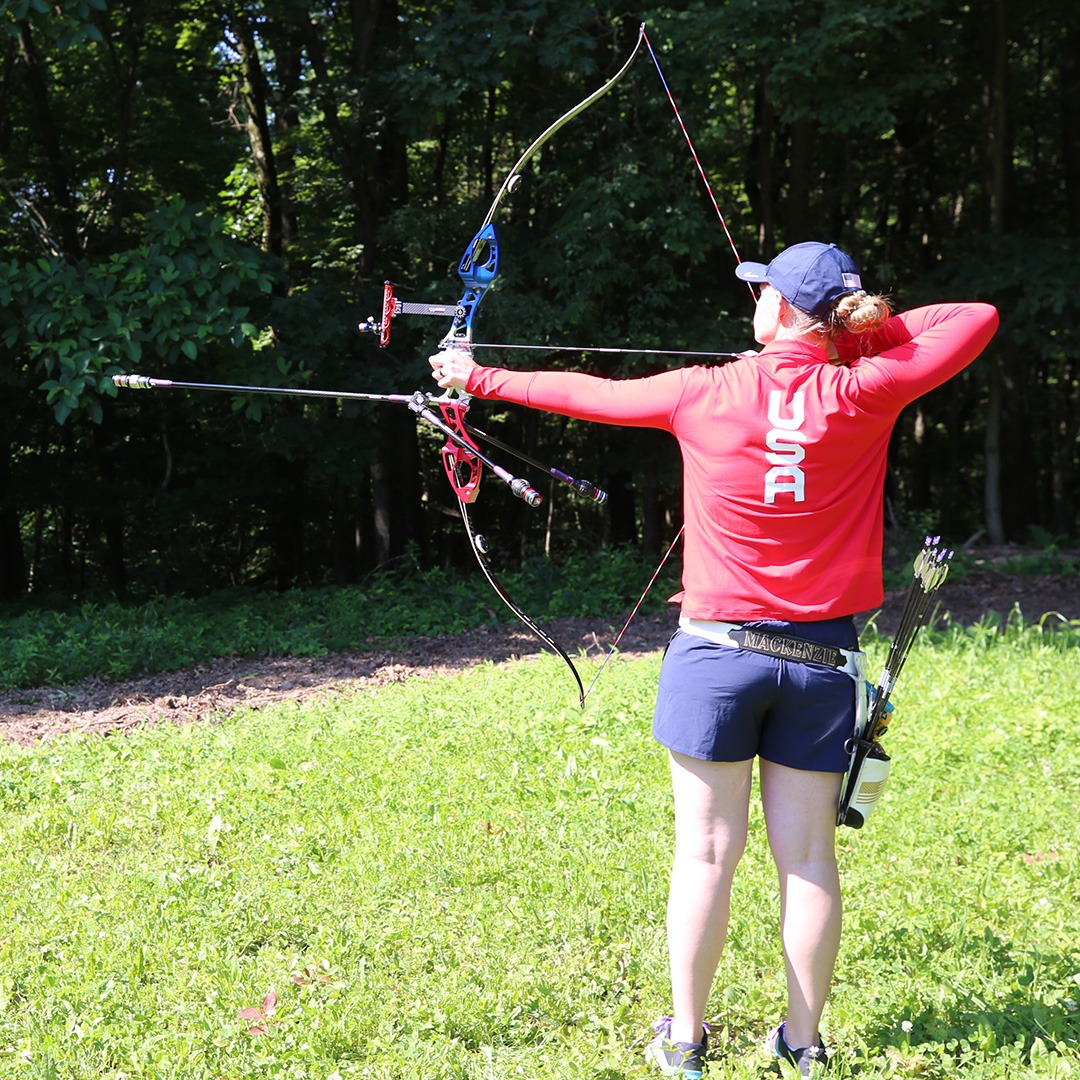
Compound Bow Purchase
Archery basics for compound bow users have a little bit longer equipment list. For this style of archery, I suggest even more strongly that you seek expertise from a local pro shop. Again, it’s best to have very good communication with your dealer about your budget and future plans with this bow setup. Once you settle on the bow, they will set your draw length and poundage specifically for you.
Archery basics for compound bow users are typically set up with some or all of the following:
- peep sight
- kisser button
- d-loop
- stabilizer
- sight
- rest
- quiver
- release for your shooting hand
The style and size of this gear will be based on what style of target shooting or hunting you plan to do, along with your budget. The archery industry is great at having solid-performing products at all price points.
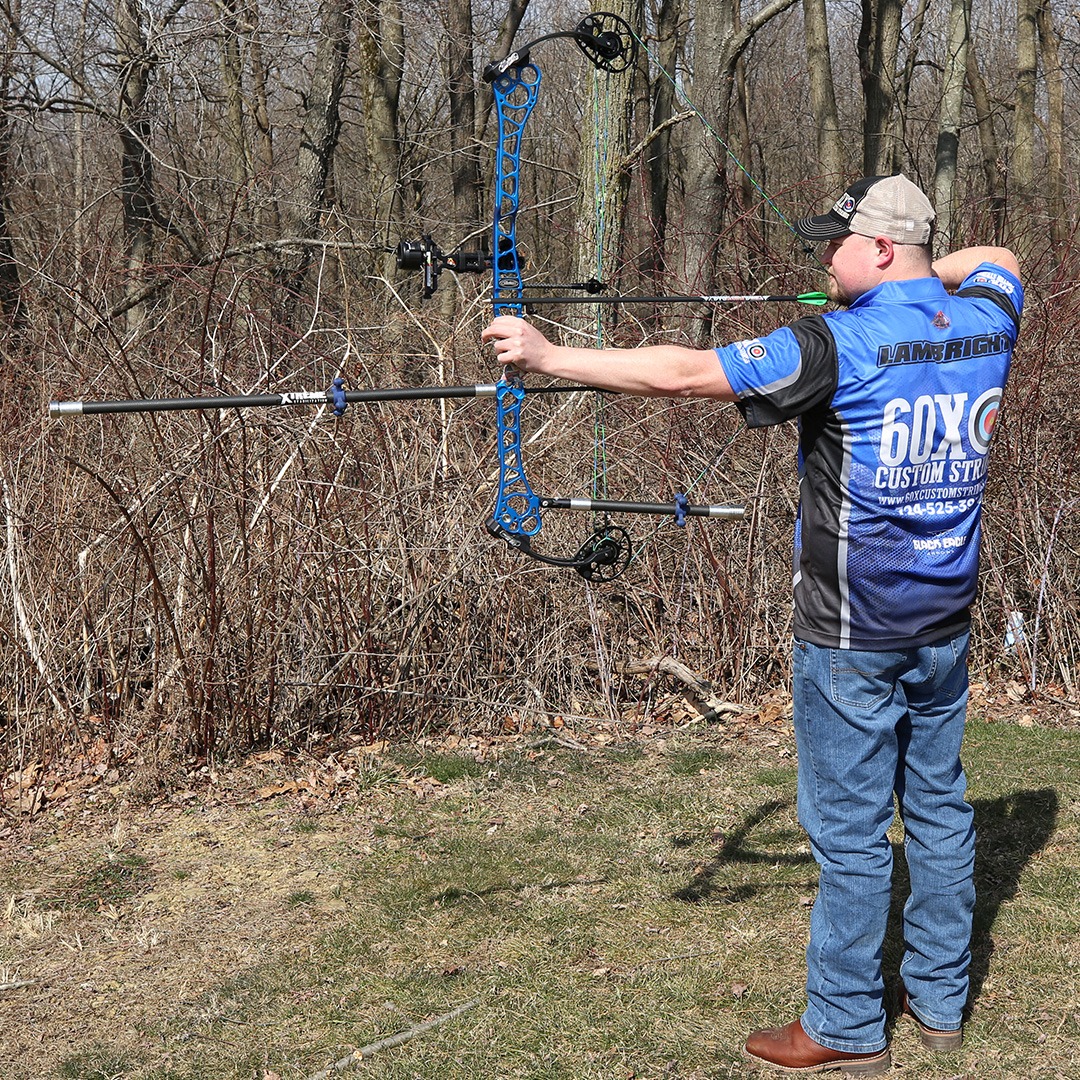
Purchasing Arrows
Once you decide on a bow, arrows can be purchased. Arrows are a very important part of any bow setup and can make the difference between having a forgiving setup or a critical one. Arrow “spine,” which I mentioned earlier, is a term for measuring how stiff or weak an arrow shaft is. As the arrow is fired, it must flex the correct amount to be forgiving. Poundage and draw length are the big factors here when selecting the best arrow. Again, as a general rule, you’ll want to leave questions about archery basics for beginners to the professionals at your local pro shop.
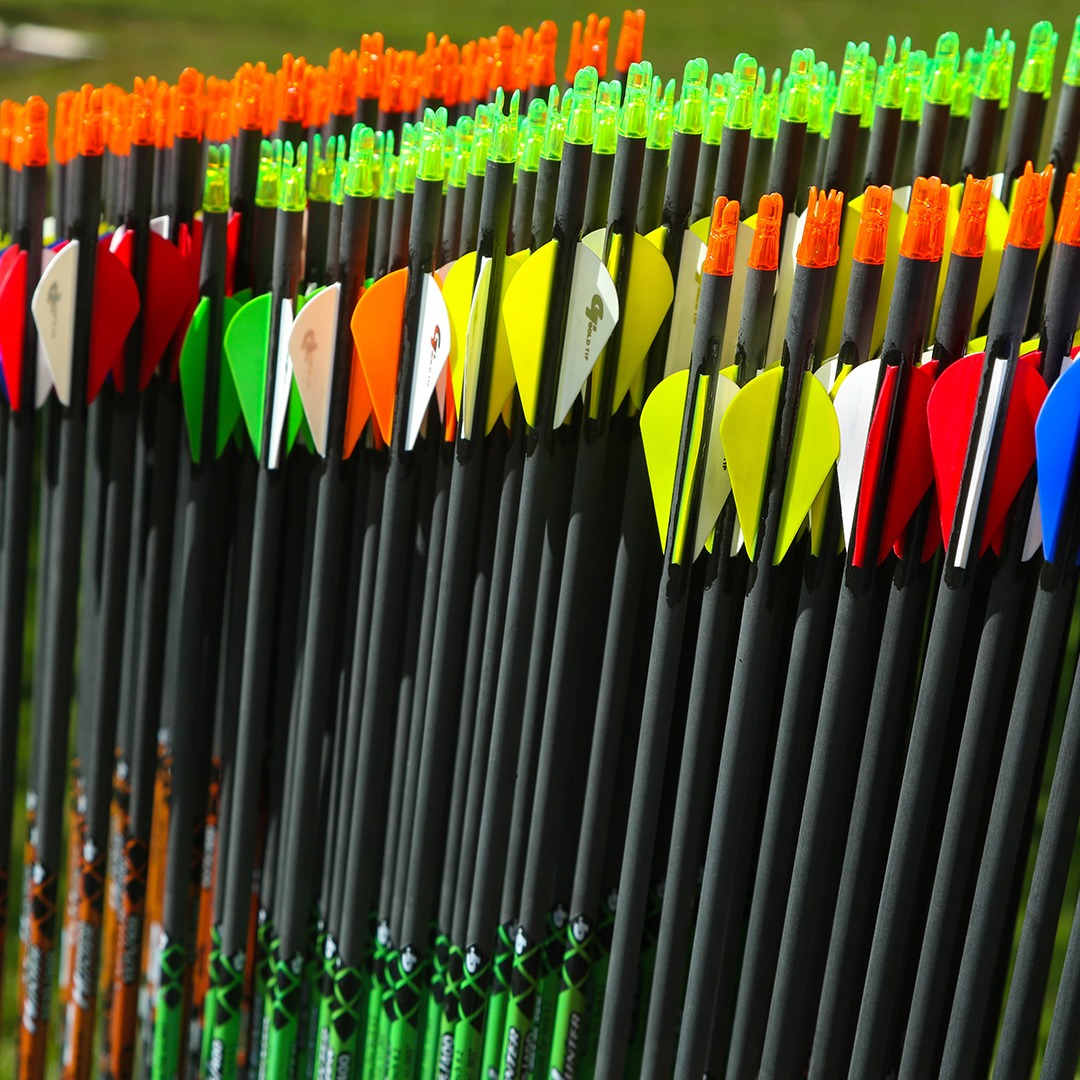
It doesn’t matter what kind of archery you are interested in, choosing to get started and visiting a local shop is typically the best first step. Looking at archery equipment for beginners can be overwhelming, so let us professionals at 60X Custom Strings help and ask any questions you may have. Hopefully, you now have a general idea of what you’re getting when picking up archery as your next adventure. Just remember to have fun and share the sport we all love.
Check out our article on Archery For Kids: Gear, Tips, & Tricks to Get Started for more archery basics and beginner tips.







